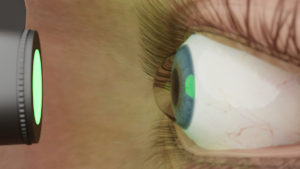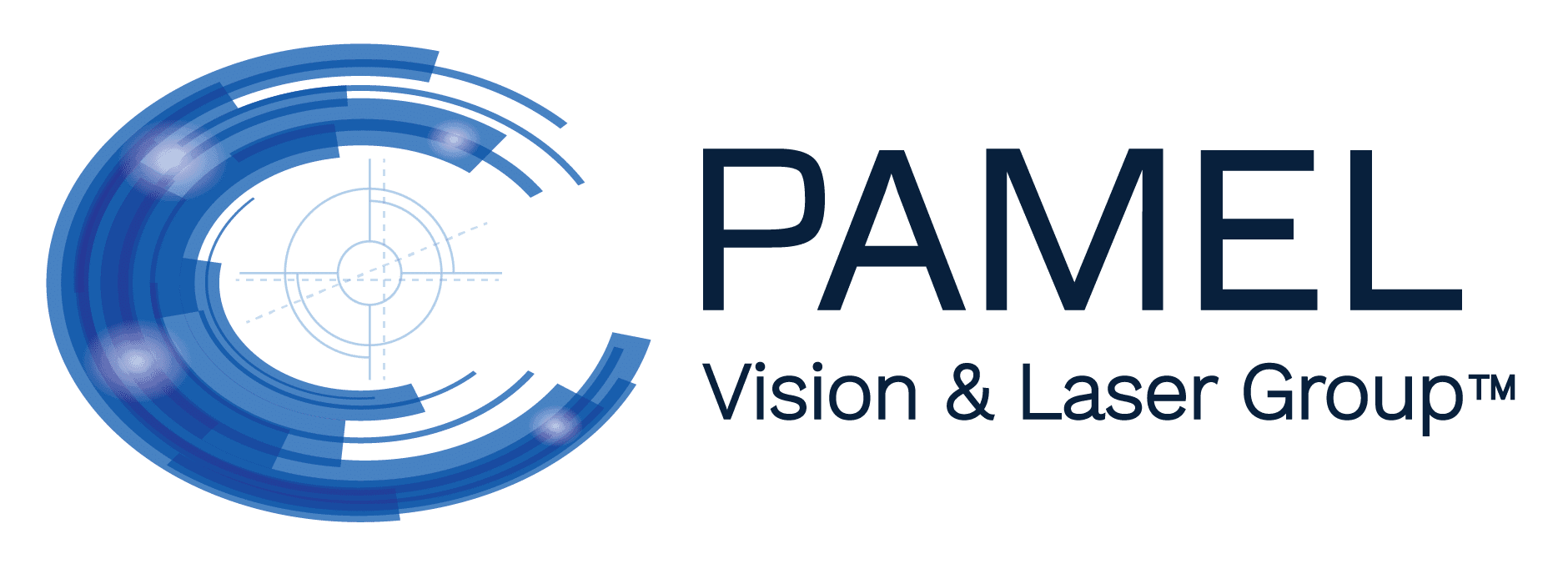How Corneal Crosslinking Improves the Lives of People with Keratoconus
- Posted on: Feb 2 2024
 Keratoconus is an eye condition that often starts around puberty. People with keratoconus have blurry and distorted vision that gets progressively worse for about 20 years until it stabilizes. Our board-certified ophthalmologist, Dr. Gregory J. Pamel, offers corneal cross-linking for keratoconus. This revolutionary treatment halts disease progression and offers hope for young patients facing decades of poor vision.
Keratoconus is an eye condition that often starts around puberty. People with keratoconus have blurry and distorted vision that gets progressively worse for about 20 years until it stabilizes. Our board-certified ophthalmologist, Dr. Gregory J. Pamel, offers corneal cross-linking for keratoconus. This revolutionary treatment halts disease progression and offers hope for young patients facing decades of poor vision.
How Does Keratoconus Affect Vision?
Your eyesight relies on several parts of your eye anatomy working together. Vision starts with light coming in the transparent dome (cornea) on the surface of your eye. The internal eye lens focuses the light rays onto the retina in the back of the eye, which sends the light messages to the brain through the optic nerve. Keratoconus causes the cornea to weaken and get progressively thinner, morphing into a cone-like shape instead of a round dome.
These corneal changes start slow, with mildly blurry vision being the first symptom of keratoconus. However, the corneal tissues continue to thin and bulge outward with age, causing severe vision impairment for near and distant vision. People with keratoconus often experience mental health and social problems due to their worsening vision.
What Is Corneal Cross-Linking and Why Is It a Game Changer?
The cornea contains collagen fibers and structures that cross and support the corneal shape. People with keratoconus have weakened collagen fibers. Corneal cross-linking, or CXL surgery, is an eye procedure that strengthens the cornea by creating new bonds within the collagen matrix. While the procedure may not restore a round cornea or perfect vision, corneal cross-linking can stop the tissues from thinning and prevent the disease from worsening.
Corneal cross-linking removes the epithelium, or outer layer of the cornea, and applies riboflavin eye drops (Vitamin B) to the deeper corneal tissues. After 30 minutes, a device focuses a UV light on the cornea for an additional 30 minutes to activate the Vitamin B drops. The combination of riboflavin and UV light forges new connections between the collagen fibers.
Keratoconus patients with CXL surgery may experience improved vision in the months or years after their treatment because the reinforced collagen often halts the disease in its tracks and may improve some bulging.
Corneal cross-linking is a revolutionary treatment option for keratoconus patients because fewer patients require corneal transplants. Before CXL surgery, corneal transplants were the only way to treat severe cases of keratoconus. Now that corneal cross-linking is a standard treatment option, corneal transplants are rarely necessary.
CXL surgery is especially beneficial for pediatric patients because the treatment can stop keratoconus progression in its earlier stages before significant vision impairment occurs. However, long-term benefits are unclear because corneal cross-linking is a new treatment.
If you or a loved one has keratoconus, contact Pamel Vision & Laser Group in Astoria and New York, New York. Call Dr. Pamel and our team of eye doctors at (212) 355-2215.
Posted in: Corneal Crosslinking




